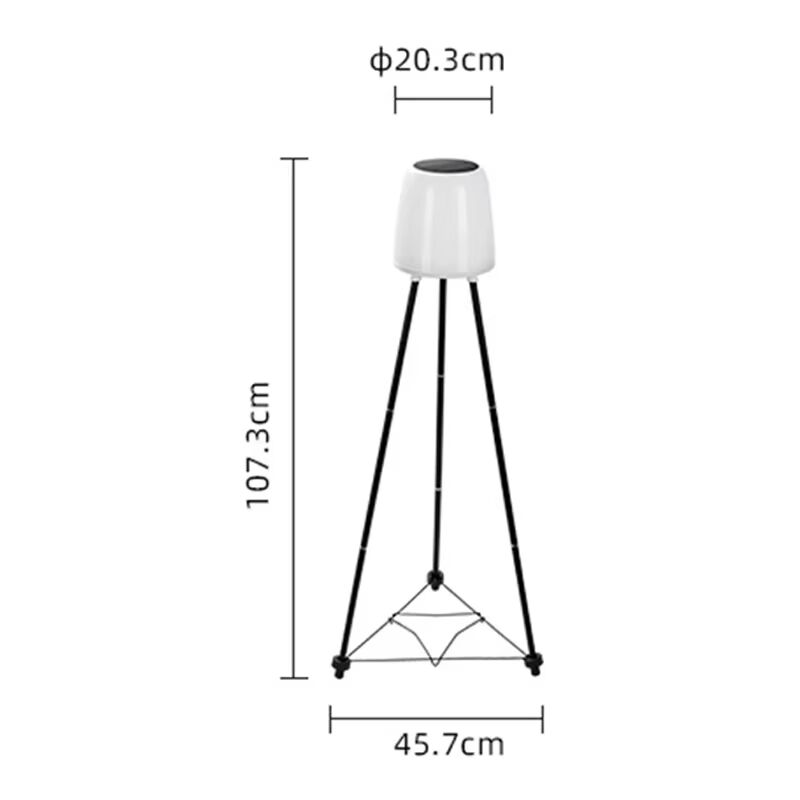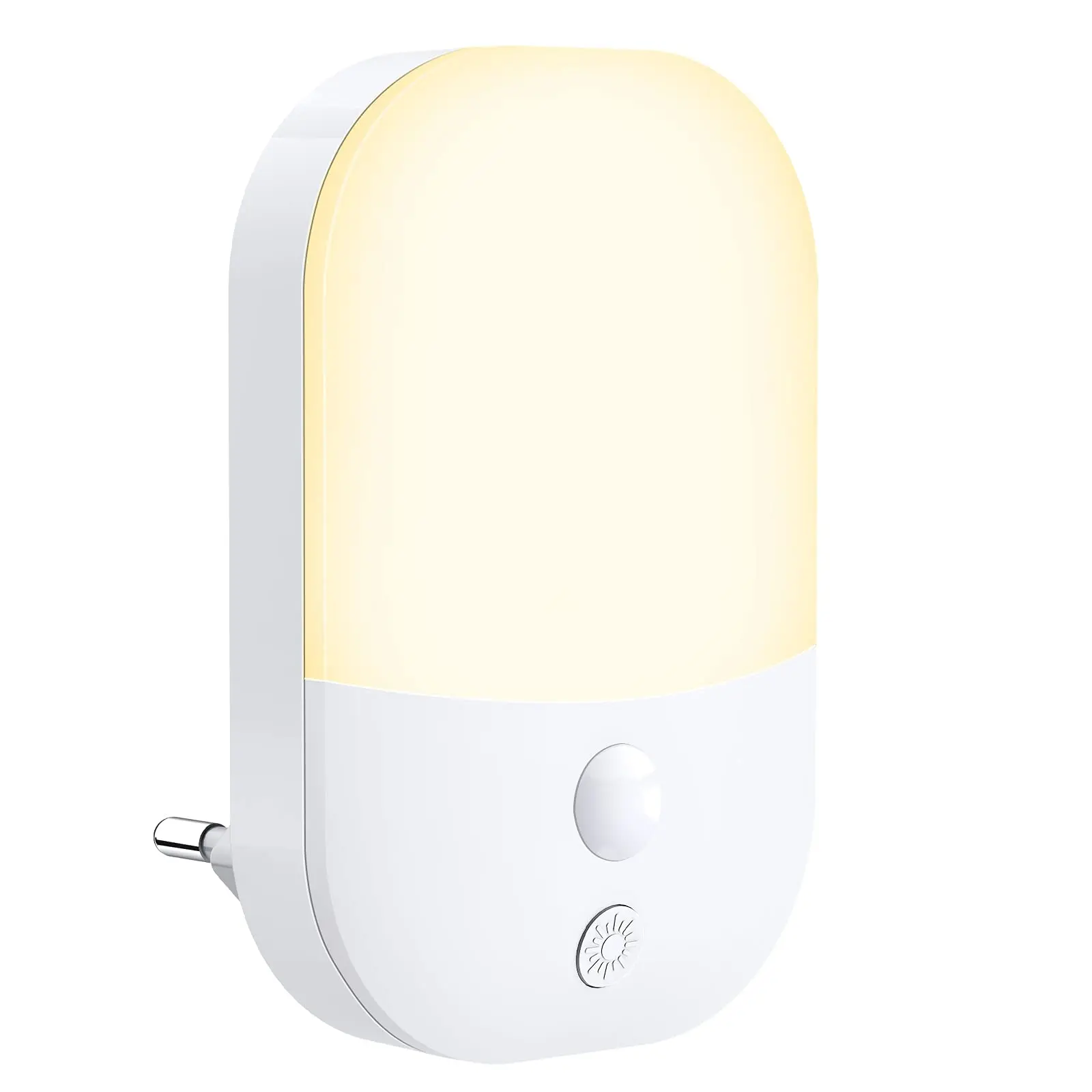- Ikhtisar
- Produk terkait
Lampu Taman Surya LED Tahan Air Luar Ruangan Lampu Kerangka Surya Dekorasi Lanskap Balkon Courtyard Lampu Lantai Bertenaga Sinar Matahari
Nama: Lampu berdiri solar spark
Material: besi tempa + ABS + PC + PP
Warna Cahaya: Hangat + RGB
Lumens: 30 lumens
Panel surya: 5V 1.2W
Kapasitas baterai: 3.7v 2200mah
Waktu pengisian: sekitar 6-8 jam di bawah sinar matahari penuh (nyalakan saklar sebelum mengisi daya)
Waktu penggunaan: sekitar 6-8 jam untuk pengisian penuh
Aplikasi: taman luar ruangan, halaman vila, balkon, dekorasi lanskap, dll
























